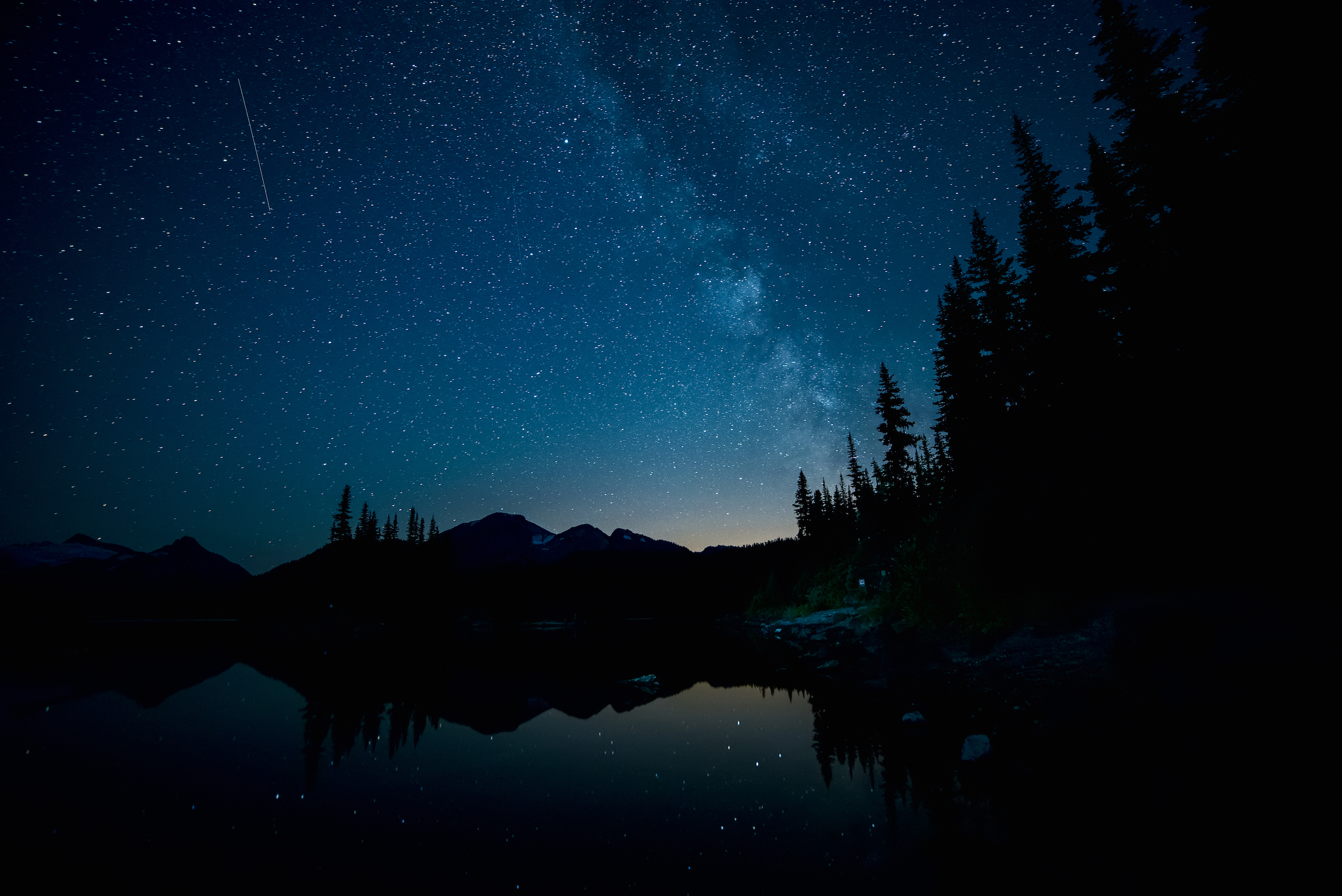Astrophotography is a fascinating activity that gives participants the opportunity to discover the splendor of the night sky by observing it through the viewfinder of a camera. It is essential to have a solid understanding of the optimal time for astrophotography, regardless of whether you are a seasoned astrophotographer or a beginner looking to get started in this enthralling art form. This article will discuss the best times for you to start your adventure into astrophotography, as timing plays a vital part in capturing breathtaking moments in the cosmos.
The Importance of Light Pollution in Maintaining Dark Skies
It is vital to select a spot away from any light pollution if one want to photograph the glories of the cosmos in all of their splendor. It is common for urban places to have an excessive amount of artificial light, which makes it more difficult to see stars, planets, and other objects in the night sky. When the moon is not visible or when it is below the horizon, the optimum time for astrophotography is during these times because the fainter objects are more apparent when the moon’s light is not present to illuminate them.
Golden Hours of Astronomy
The best time to photograph the night sky is during the twilight hours before sunrise and after sunset. These are known as the golden hours of astronomy. When the Sun is 18 degrees below the horizon, this is the time of day that is referred to as astronomical twilight. At this point in time, the sky will begin to darken, and you’ll start to see stars. It is the best time of year to take breathtaking landscape photographs using astrophotography, which combines the splendor of the night sky with the natural features of the earth.
Tracking Celestial Events
Astrophotography enthusiasts frequently time their shoots to coincide with notable celestial phenomena such as meteor showers, eclipses, and planetary alignments. This requires them to keep track of these astronomical occurrences. These events provide one-of-a-kind opportunity to photograph unusual phenomena, which can result in images that are just magnificent. It is crucial to do research on the event dates and times in order to get the most out of the experience. Astronomy groups in your area, as well as online sites and astronomy applications, can all be excellent sources of information about impending events.
Milky Way Season
The Milky Way, which is also known as our galaxy, is one of the most popular topics for astrophotographers to shoot. The Milky Way season can be rather different depending on where you are and what time of year it is. When the Milky Way’s galactic center is clearly visible in the night sky, which occurs during the spring and summer months in the northern hemisphere, this phenomenon is often easiest to photograph. If you plan your astronomical photography shoots during this time of year, you may capture some truly captivating shots of the Milky Way stretching over the night sky.
Weather Conditions
In addition to the timing, the presence of suitable meteorological conditions is an essential component of successful astrophotography. When there is little to no atmospheric turbulence and the sky are clear, the conditions are perfect for taking photographs that are crisp and detailed. You can improve your chances of having great astrophotography sessions by keeping an eye on the weather forecast, paying particular attention to conditions calling for low humidity, low cloud cover, and little light pollution.
Long Exposures and the Rotation of the Earth
Astrophotography frequently requires the use of lengthy exposure times in order to catch the dim light emitted by heavenly bodies. A greater amount of light may be captured by the camera sensor when the exposure time is increased, which results in improved detail and color. Keep in mind, however, that because of the rotation of the Earth, stars will appear to have trails as the exposure time is increased. You can either make creative use of the effect or lessen its impact by employing star trackers or taking photos for shorter periods of time.
Conclusion
Astrophotography provides a portal through which one can investigate the breathtaking splendor of the cosmos. You can significantly improve your chances of taking breathtaking photographs of the night sky by familiarizing yourself with the optimal conditions for astrophotography. It is important to remember to locate a site with little light pollution, to take advantage of the golden hours of astronomy, to plan around celestial events, and to keep an eye out for weather conditions. Your journey through astrophotography will require patience, inventiveness, and a feeling of wonder, so embrace the enchantment of the universe as you set out on it.
![]()
